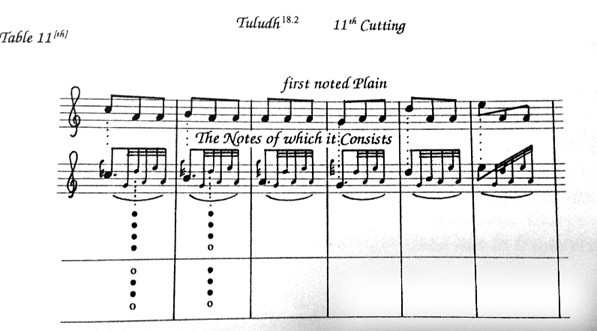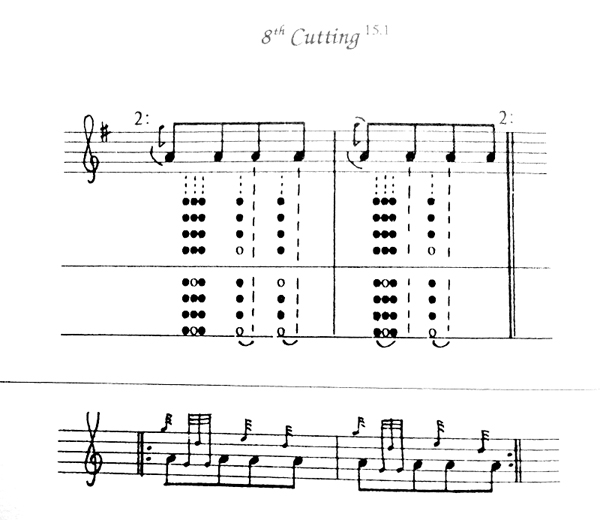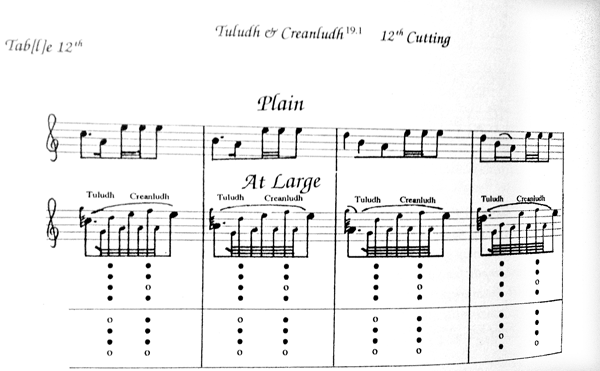Three new letters added today.
 Guest blogger Duncan Watson has sent this in response to the response to his original post:
Guest blogger Duncan Watson has sent this in response to the response to his original post:
MacCrimmon Piob
Mr David Hester refers to the way that Hannay-MacAuslan and Hector Ross wrote taorluath embellishments (without the second low G) and that Frans Buisman referred to ‘silliness’ in attitudes to this. By this I assume that he, Frans Buisman, meant that the arguments that this caused were pointless as the low G was always there anyway.
 It commences with the low G but is without the second low G. A ‘substitute’ low A is in the embellishment as a static gracenote, the percussive effect achieved by the D and E gracenotes. Elsewhere, in the ‘8th cutting’, there is detail which is similar to that in the taorluath with the ‘redundant’ low A but with an additional D gracenote.
It commences with the low G but is without the second low G. A ‘substitute’ low A is in the embellishment as a static gracenote, the percussive effect achieved by the D and E gracenotes. Elsewhere, in the ‘8th cutting’, there is detail which is similar to that in the taorluath with the ‘redundant’ low A but with an additional D gracenote.  The use of that particular cutting might be regarded as slightly different to the use of the tuludh/taorluath?
The use of that particular cutting might be regarded as slightly different to the use of the tuludh/taorluath? The ’12th cutting’ relates to the ‘creanludh’, similar to our crunluath, but as in the tuludh/taorluath the second low G is not written.

Naill Pipe Chanter:
















Apologies for monopolizing this subject. (I’m actually much more interested in the subject of cadences, truth be told. But since Mr Taitz started us on this journey, and Messrs. Watson and Wallace have graciously allowed the subject to continue…)
Just wanted to share a couple of links that your readers may enjoy.
The first is George Moss, playing Rout of Glenfruin in the MacDonald style (1970):
http://www.tobarandualchais.co.uk/en/fullrecord/71402/1
This last is from a performance this year by Jack Lee:
https://youtu.be/r5syxIK2lnE
The thing I enjoy about hearing these performances of the “MacDonald” style is that their difference brings a new experience to the listener, a subtle change not previously encountered and yet musically (and historically) well grounded. It changes things up ever so slightly, awakening the listener and making them think, “Hey! This is something new…” Pibroch has a rich history of different expressions and performances, something I believe is much more difficult to encounter in competitions settings today (alas).
That said, I think we could all agree: it may not be the movement style itself, but the musicianship behind it that really counts.